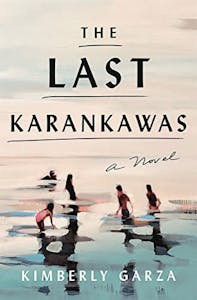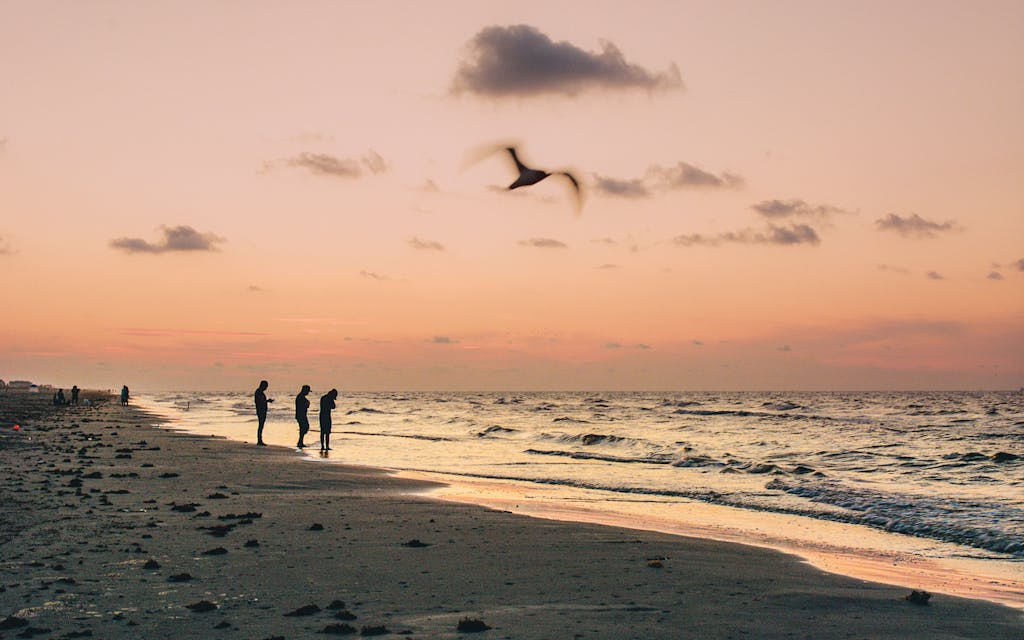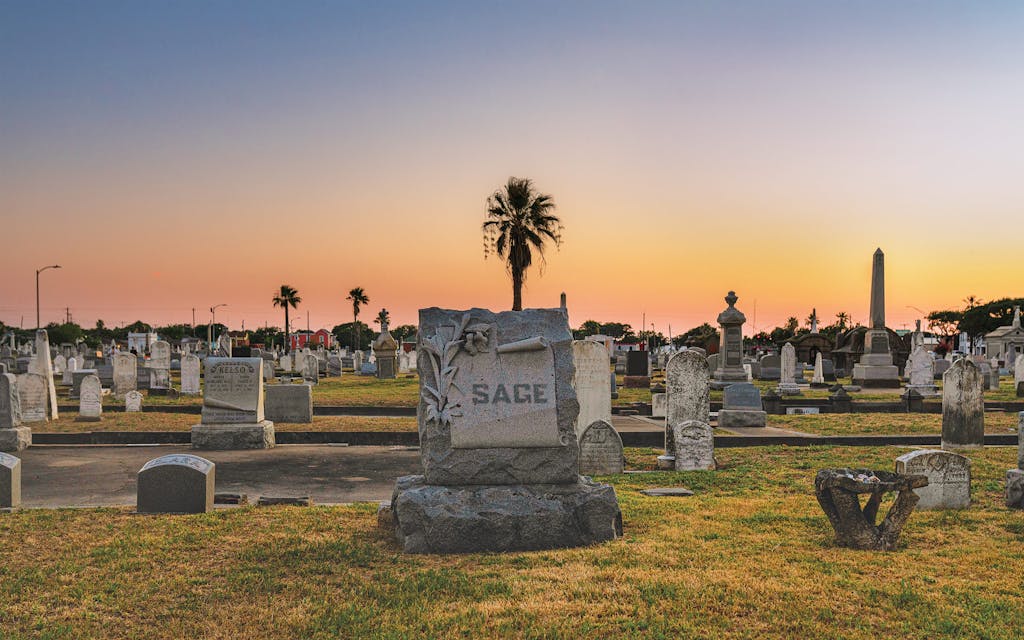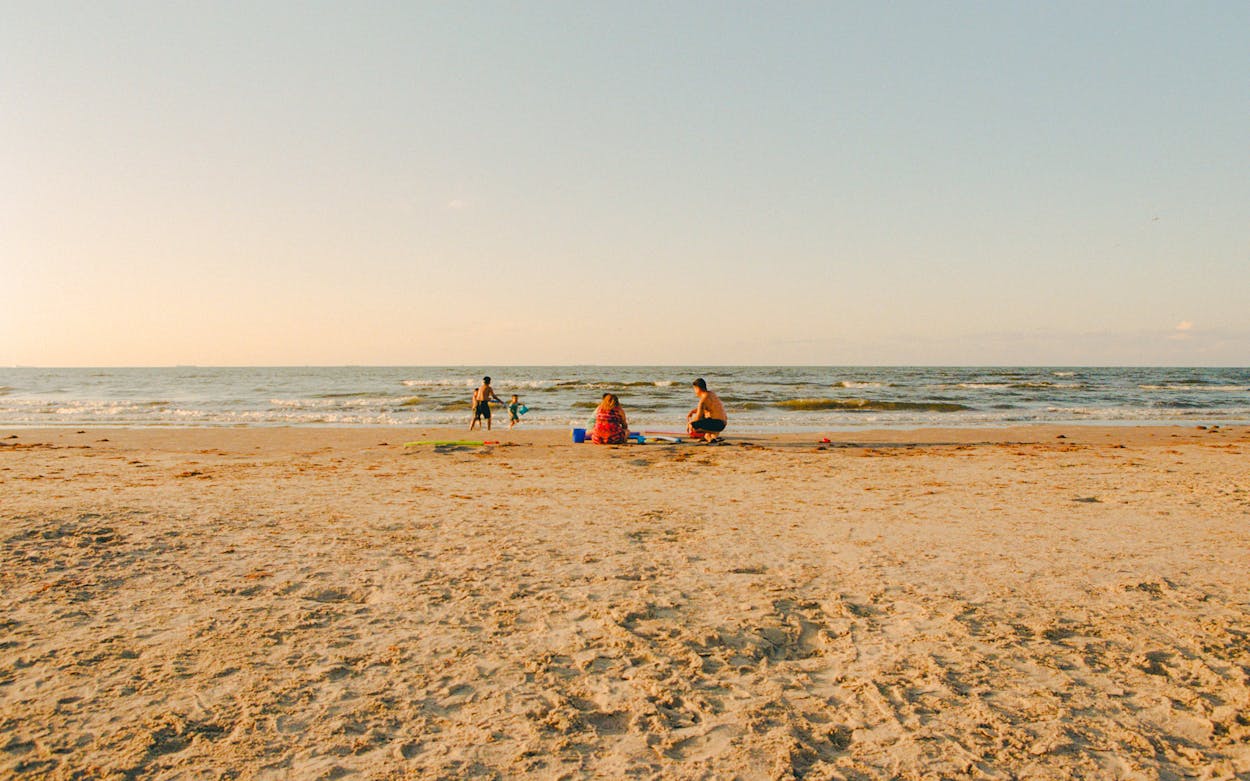
Writing fiction about your hometown can be tricky. The same intimacy that animates insight can also paralyze the imagination. That doesn’t seem to be the case, though, when the city is Galveston, a place that has long fascinated and inspired Texans, whether or not they were born there. This year, we’ve seen the publication of no fewer than three notable Galveston-set novels: Sarah Bird’s Last Dance on the Starlight Pier, Matt Bondurant’s Oleander City, and Kimberly Garza’s debut, The Last Karankawas (Henry Holt and Co., August 9).
Though Garza was raised in Uvalde, she was born in Galveston, where her childhood visits to relatives took on a fairy-tale quality. Hers was a corner of town that few outsiders know: the Fish Village neighborhood—a bayside enclave tucked in the shadow of the University of Texas Medical Branch complex—which is home to many of the city’s Filipino residents. Though Garza’s father was Latino, her mother was a first-generation Filipino American. “They all went to Sacred Heart Church and worked at UTMB—there’s a ton of Filipino medical professionals there,” she explains.
In The Last Karankawas, which Garza began writing when she was a graduate student at the University of Texas at Austin and then the University of North Texas, she digs deep into this community’s everyday struggles as Hurricane Ike bears down on the island. Garza, who is working on a second book that explores similar themes, wonders, “Are people going to call me out for only writing about this weird intersection of Tejanos and Filipinos? So be it! I’m never allowed to forget I’m both. So the books are going to deal with this.”
On a rainy morning in May—just hours before Garza’s hometown of Uvalde was shattered by the mass killings at Robb Elementary School—she gave me a tour of the Galveston that inspired her novel.

The Bungalow
Garza’s aunt and uncle lived with her grandparents in this tidy 1960s Army green house on Pompano Avenue, one of many streets named for a fish. Two blocks away, another aunt and uncle and their children lived on Albacore Avenue. What she remembers most vividly about these ranch-style
two-bedroom homes with trimmed Saint Augustine grass in front and back are the family parties. “We just rotated houses and sat out in
the garage,”she says. “People would get drunk and sing karaoke.”

Stewart Beach
When Garza was a kid, her family avoided most of the tourist spots—save for occasional trips to Moody Gardens, where a friend who worked as a security guard would sneak Garza and her sister and cousins into IMAX movies. On particularly hot days, her family would drop her and the other youngsters off at this kid-friendly spot near Fish Village. “They would park at the seawall and be like, ‘Here’s your towels, here’s some baby oil for the tar that might get stuck to your skin. All right, don’t drown!’ ”

Sacred Heart Church
This 1904 house of worship, located on Broadway Avenue, boasts octagonal towers and flying buttresses. “Sacred Heart is a big part of the book,” Garza says. “A lot of Filipinos I knew were Catholic—like, very Catholic.” One key scene is set at the church’s vibrant Santo Niño festival: “With the priest’s help,” she writes, “we bless twenty-six trays of pancit, sinigang, chicken and pork adobo, kare-kare, menudo, and seven tubs of steamed white rice. We eat too much and drink Coke and Big Red mixed with the whiskey and vodka we sneak from the coolers in our cars. Every half hour or so one of us gives the traditional call—Viva Santo Niño! Mabuhay ang hari ng mga hari! (“Praise the King of Kings!”)—and we cry out the response—Viva! Mabuhay!”

The Broadway Cemetery Historic District
Some of the material for the novel is drawn from Garza’s research—including passages on the local cemeteries, which are said to be haunted, and the traditions of the Karankawa tribe, whose members were indigenous to the island. She’d been taught that the tribe had died out, but as she got older, she heard that some Galveston residents claimed to be descendants. Garza decided that one of her characters would insist she was Karankawa. “The Karankawa connection is sort of like Jay Gatsby’s green light in their minds,” she says, referencing a famous image from F. Scott Fitzgerald’s celebrated novel. “It symbolizes something different for each of them, but it’s something they all have in common.”
This article originally appeared in the August 2022 issue of Texas Monthly with the headline “Novelists Keep Finding New Things to Say About Galveston.” Subscribe today.









